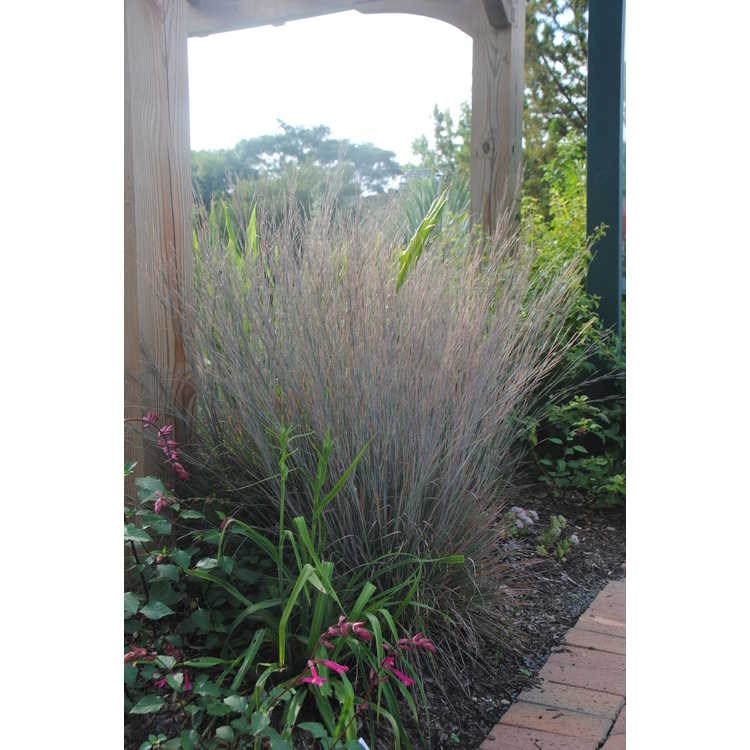919-552-8286
sales@adcocksnursery.com

Grows 20'-30' ht. x 20'-30' sp.
American Hornbeam is a native deciduous understory tree in the Birch family. Its common name Musclewood comes from the appearance of the smooth bark with bumps underneath that resemble muscles.
A great tree for a naturalized area or along streams or ponds, as well as in urban settings. This is a wildlife-friendly tree is perfect for a pollinator or native garden and does well as a larval host plant, a food source for mammals and birds, and a wildlife cover plant.
Plant in sandy or clay loams with high organic matter, regular moisture that are slightly acidic. Does well in heavy shade, and it will show off some beautiful orange-red leaf color in the fall.
The extremely hard wood of this tree was once used by early Americans to make bowls, tool handles, and ox yokes.

Grows to 3'- 4' ht. x 1; - 2' sp.
Standing Ovation Little Bluestem is a more tight and upright version of original Bluestems, with the same great attributes of being a North American native grass. It is low maintenance, adaptable, and drought tolerant with different colors throughout the seasons for year-round interest. A smaller grower that is great for border plantings. Blue-green foliage in summer that turns vibrant shades of purple and red in fall. Also serves as a host plant for butterfly larvae and provides food and shelter for birds and pollinators. Its deep roots help prevent soil erosion, making it a great option for stabilizing landscapes.
Photo Credit: The JC Raulston Arboretum

Grows 5' - 6' ht. & sp.
*** SOLD OUT *** What a beautiful flower this Camellia has! Autumn Spirit is a hybrid between C. oleifera x C. sasanqua and deserves to be a focal point of any garden. It's bright and deep pink peony-shaped blooms are an intense show-stopper, and show up early in the season.
Like most sasanquas, they prefer slightly acidic and moist, rich soil that is well-drained, and they could use a little protection from the brutal afternoon summer heat.
Our plants are espaliered, but these would work well as a corner foundation plant, screen or even in a container.
Photo Credit: NC Extension